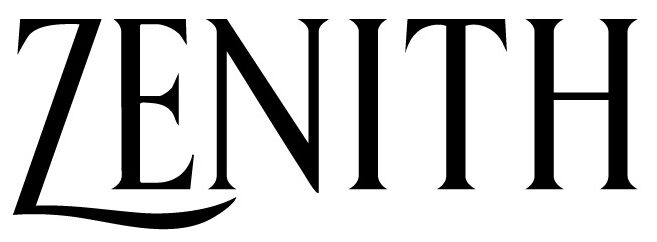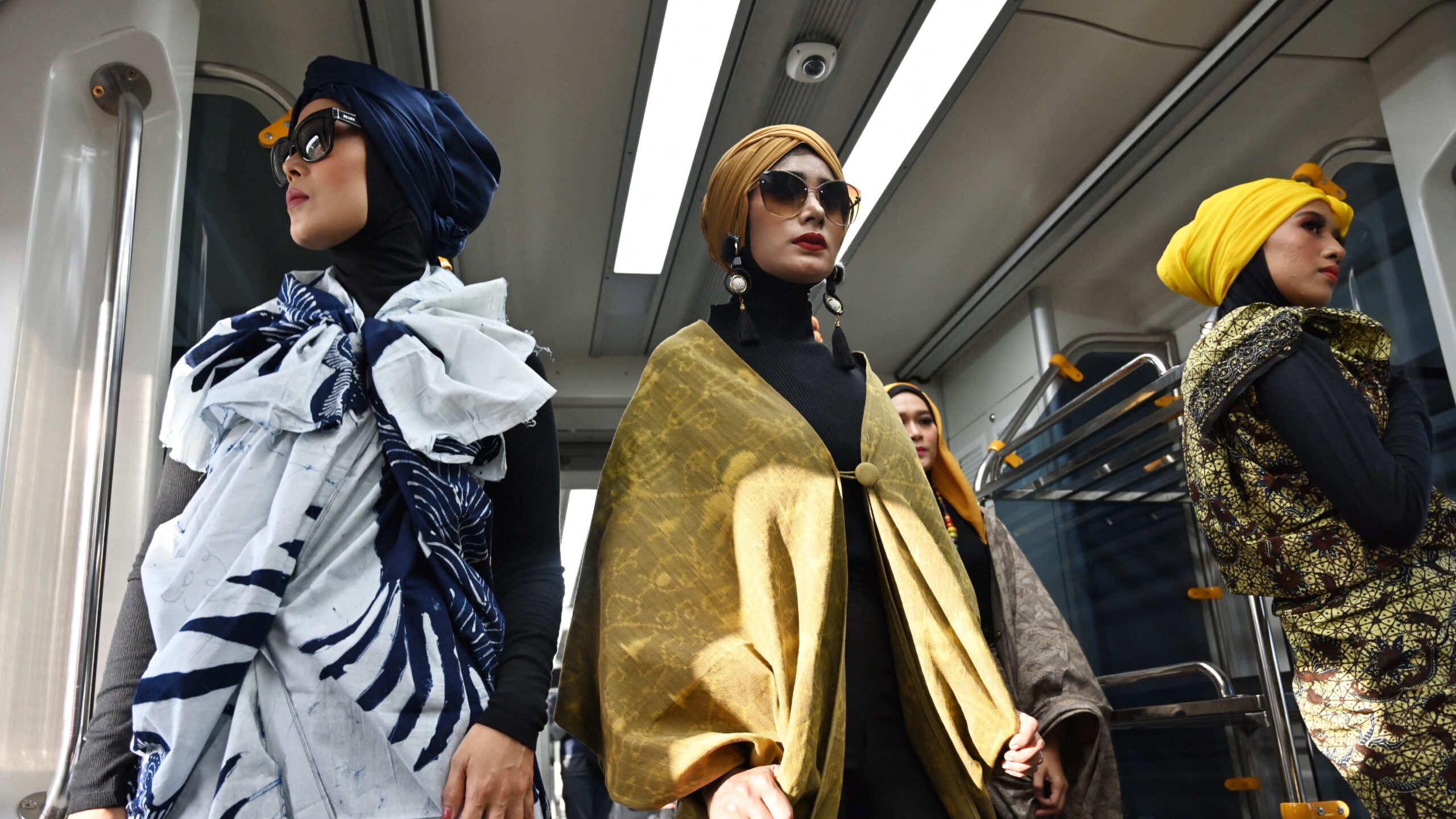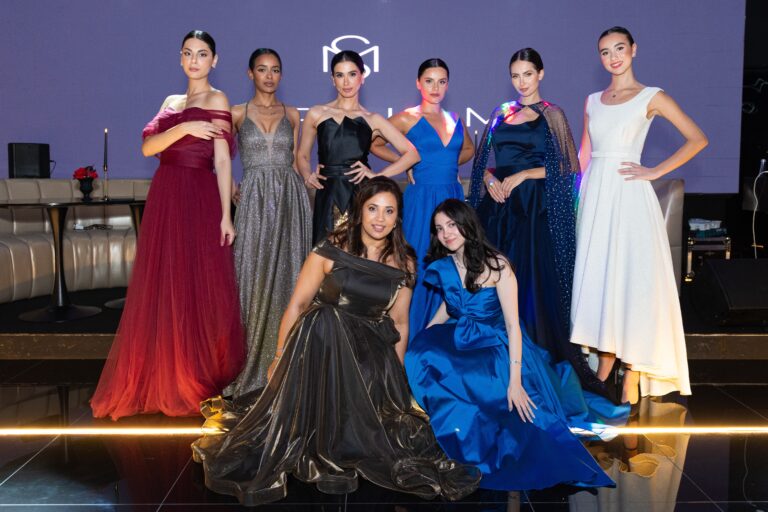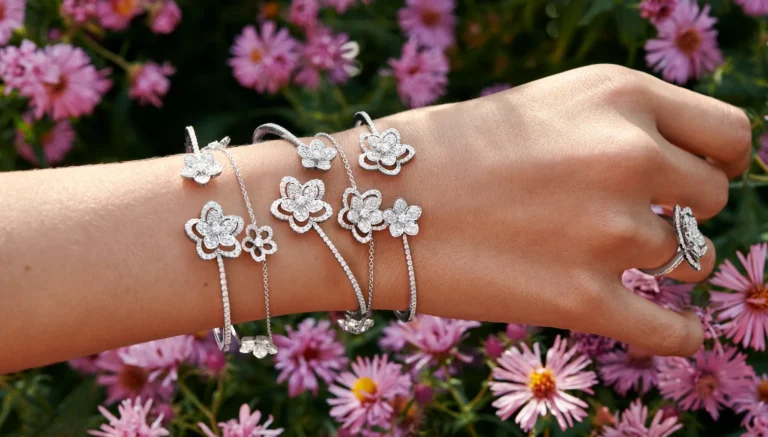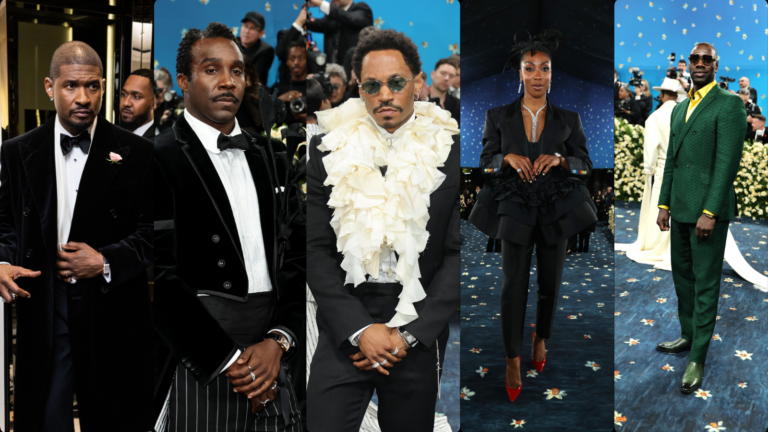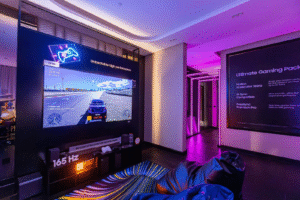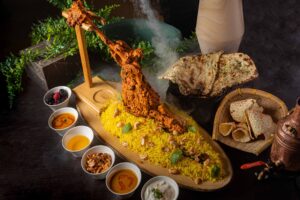The influence of Arab fashion in the United Kingdom presents a fascinating case study of cultural integration and aesthetic evolution. This article explores how Arab fashion has permeated the UK’s fashion scene, highlighting specific case studies and the broader implications of this cultural exchange.
1. The Emergence of Modest Fashion: One of the most visible influences of Arab fashion in the UK is the rise of modest fashion. British designers and retailers have increasingly incorporated elements typical of Arab fashion, such as flowing silhouettes, layering, and an emphasis on luxurious fabrics.
2. High-End Arab Designers in British Fashion: Arab designers have made significant inroads into the UK’s high-end fashion industry. Designers like Elie Saab, a Lebanese fashion designer known for his intricate embroidery and lavish gowns, have become regulars on British red carpets and in luxury boutiques. Saab’s influence is evident in the increased appreciation for detailed handwork and opulent designs in British fashion circles.
3. Street Style and Cultural Fusion: The impact of Arab fashion is also evident in the UK’s street style. Young British-Arab designers are merging traditional Arab motifs with contemporary British fashion, creating a unique fusion style. This blend is evident in urban areas like London, where you can see young people sporting traditional Arab headscarves or thobes paired with British streetwear brands.
4. Arab Fashion Weeks and British Designers: The participation of British designers in Arab Fashion Weeks, particularly in Dubai and Riyadh, has created a reciprocal influence. British designers are increasingly incorporating Arab-inspired elements into their collections, from intricate beadwork to bold color palettes, which they showcase in these fashion weeks.
5. The Role of Social Media and Influencers: Social media has played a pivotal role in disseminating Arab fashion trends in the UK. British-Arab influencers, often straddling both cultures, showcase how traditional Arab attire can be styled in ways that resonate with a British audience. Their influence is seen in the growing popularity of certain Arab fashion items among a diverse UK audience.
The integration of Arab fashion into the UK’s sartorial landscape reflects the broader trends of globalization and cultural exchange. It demonstrates the UK’s evolving fashion identity, one that embraces diversity and inclusivity. This fusion is not just a passing trend; it’s a testament to the dynamic, ever-evolving nature of fashion and cultural interchange.
